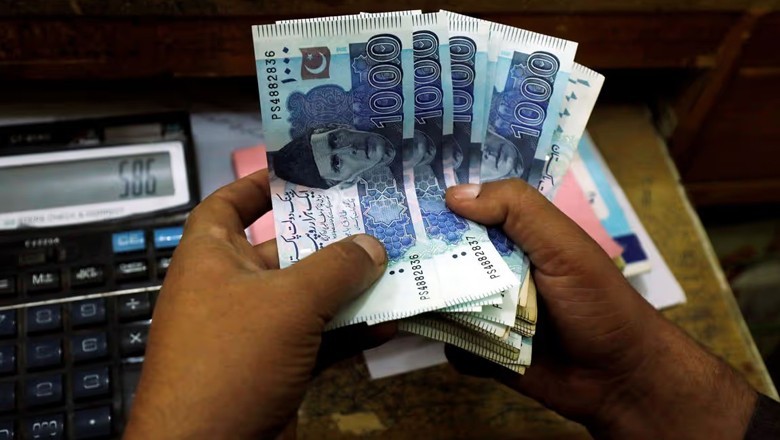Top 10% of Pakistanis control almost half of nation’s wealth, says Oxfam

Web Desk
|
30 Oct 2025
The latest Oxfam report has unveiled alarming findings about inequality and the widening wealth divide in Pakistan, revealing that the top 10% of Pakistanis control nearly 42% of the nation’s total wealth. This deep concentration of wealth poses a serious challenge to achieving equitable and fair economic distribution in society.
Titled “An Unequal Future: Asia’s Struggle for Justice in a Warming, Wired World,” the report highlights the growing disparity across Asian nations, noting that the richest 10% in some countries control 60–77% of total income, whereas the poorest segments collectively account for only 12–15%.
Despite Pakistan’s inequality being significantly high, Oxfam noted that it still remains slightly lower than the average across other Asia-Pacific countries.
The report further pointed out that while poor families across Asia continue to struggle financially, the wealthiest have consistently expanded their fortunes. In countries such as Bangladesh, Cambodia, Malaysia, Myanmar, Nepal, Pakistan, the Philippines, Sri Lanka, Thailand, Timor-Leste, and Vietnam, the income share for the poor has increased by around 1%, highlighting persistent income gaps.
It also criticized how public funds are disproportionately allocated, with large sums directed toward debt repayments, defense, and subsidies benefiting the privileged, while investments in healthcare, education, and basic social infrastructure continue to decline.
“In 2022, public investment in education amounted to 8% of GDP in Bhutan and Kyrgyzstan, but less than 2% in Papua New Guinea, Pakistan, Cambodia, Laos, and Sri Lanka,” the report stated.
Oxfam’s findings also drew attention to regressive tax systems in countries like Pakistan, Afghanistan, and Bangladesh, where indirect taxes place an unfair burden on low-income households already struggling to make ends meet.
The report added that the economic crisis is further compounded by climate change, with Asia being the world’s most climate-vulnerable region. It also highlighted a widening digital divide, where urban populations enjoy better internet access while rural areas remain largely disconnected.
Moreover, it stressed that women across Asia continue to face limited digital access and literacy, further restricting their opportunities to connect, learn, and participate in the digital economy. This privilege is more accessible to men.












Comments
0 comment